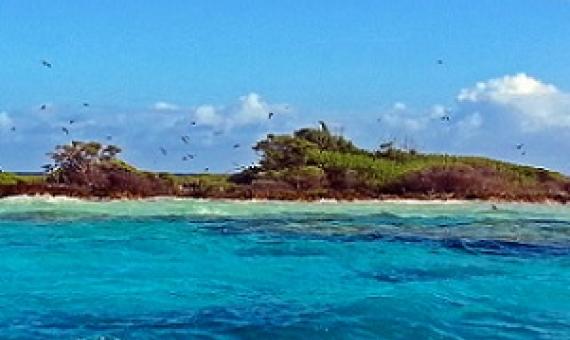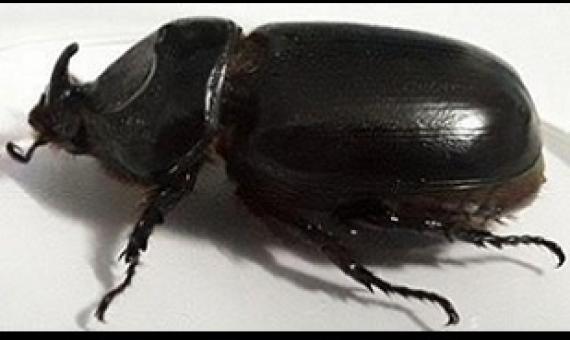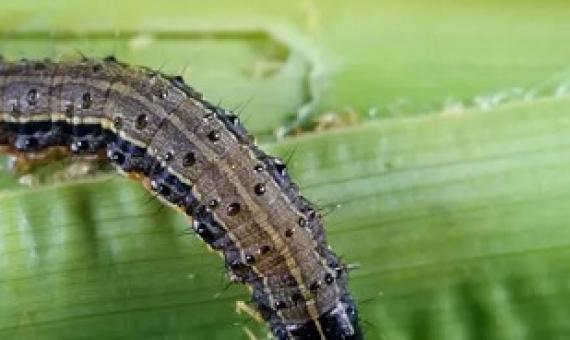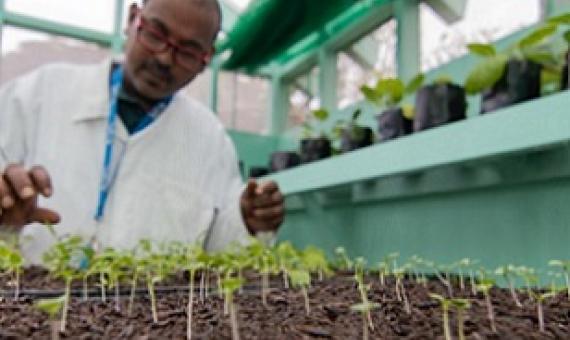Australian Broadcasting Corporation, Project Wild - Tongan Whistler
ABC, Project Wild visits Tonga to witness the efforts by three ladies, from the Vava'u Environmental Protection Association (VEPA) to save the Tongan Whistler (an endemic bird to Tonga), by eradicating rats with bait stations and removing other food sources such as the Invasive weed - Lopa.Call Number: [EL]Physical Description: 5 minutes, 3 seconds










